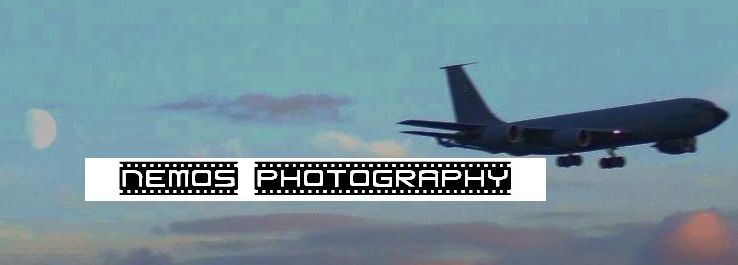I have often seen these keys for sale on various sites, and also on some specialist "morse key collectors" sites. Having visited the Porthcurno museum (Porthcurno, Cornwall, England) many years ago, I had always wanted one to add to my own small collection.
Recently, ( early 2023 ) I saw one advertised on Ebay for about £380, which was way too much for my pension to be considered as a purchase !.. a couple of days later, another one appears !. for a lot less !. so I put in my maximum bid at the last minute and won the auction... Price ? Just over £35.00.....
Here is a pic of it.
There are no makers names or identifiers on the key. and searches on google, only comes up with a similar key but have it listed as "unknown manufacturer".
Trying to match up the key components to such as the "mushroom" knurled connectors, their locations, and other parts, only adds to the confusion!. some parts seem to indicate it could be an "Elliot Brothers" key... but again, other parts seem to point to a mix of three makers !.
The main differences
1. the front "bar" joining the two front contacts - does not appear on Elliott brothers keys
2. The central "lock" knob - does not appear on any of the three makers
3. the central "adjusters" - variations on all three makers.
4. the main "arms" of this key, are "flat thin "sheet brass", and anchored to the rear posts - making it an early form of Torsion Bar operation.
Other makers use thicker brass arms, and a short "torsion" plate, if they use "fixed" rear end posts.
As you can see, the key was not in the best of conditions, so I proceeded to de-construct it... Not as easy as first appeared, as the rear "binding posts" were (later found to be ) bent... and took a good while to uscrew.
Once all the parts had been removed, I then used my electric drill, with rotary wire brush, and gave them all a good clean.
After cleaning them, I laid them out on a cardboard box, in the sun,
and gave them three coats of clear lacquer, allowing them to dry off in the sun and then overnight to harden off, before I refitted them back to the base unit.
and here is the result.
Because of the long distances involved, the dual keys worked on plus and minus voltages to send the dits and dahs. I have "rewired" this key so that I can use it as a "normal" straight key, to send "normal" international morse, via the internet, using a program called CWCOM. which uses modern technology of the internet in the same way as the original world wide web of undersea cables, connecting distant countries in the early 1880`s.
From my observations of various features of this key, I am dating it to round about 1880 as a date of manufacture.
If you are interested in sending/receiving Morse over the internet, please visit my other blogsite
https://morsepower.blogspot.com/
for all the information on how to download the software ( it`s free !) and how to set it up, including how to connect your morse key to your computer or laptop.
Originally it was written ( by an Australian Radio Ham - John Samin ) for Windows 95, but still works on the laterst versions of WIndows.
It can also be made to work on LINUX and MAC machines....Please read relevant pages on the above mentioned blog.




